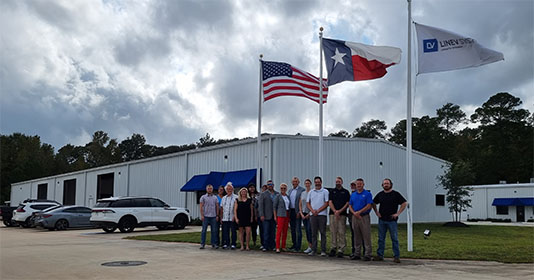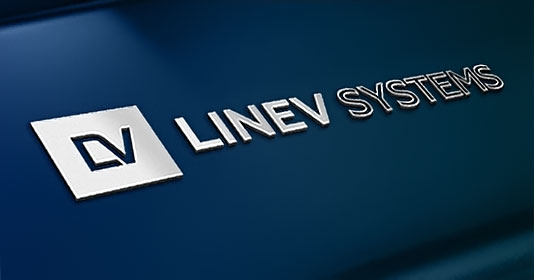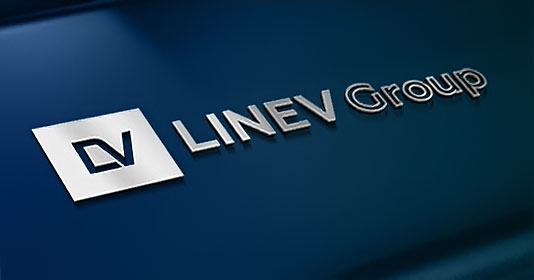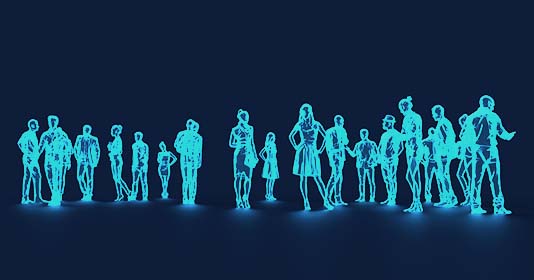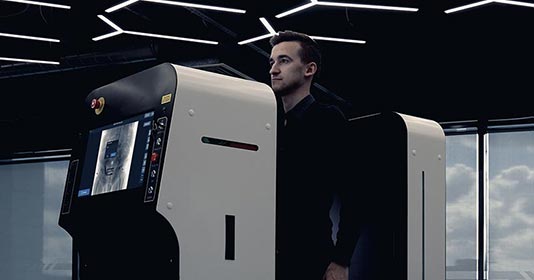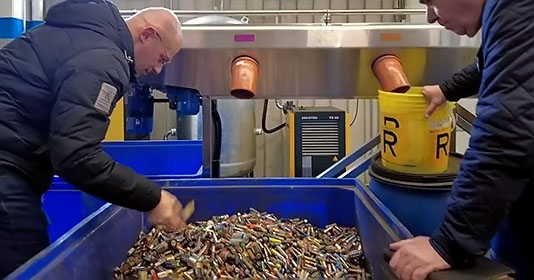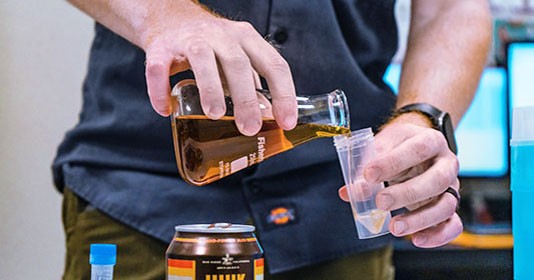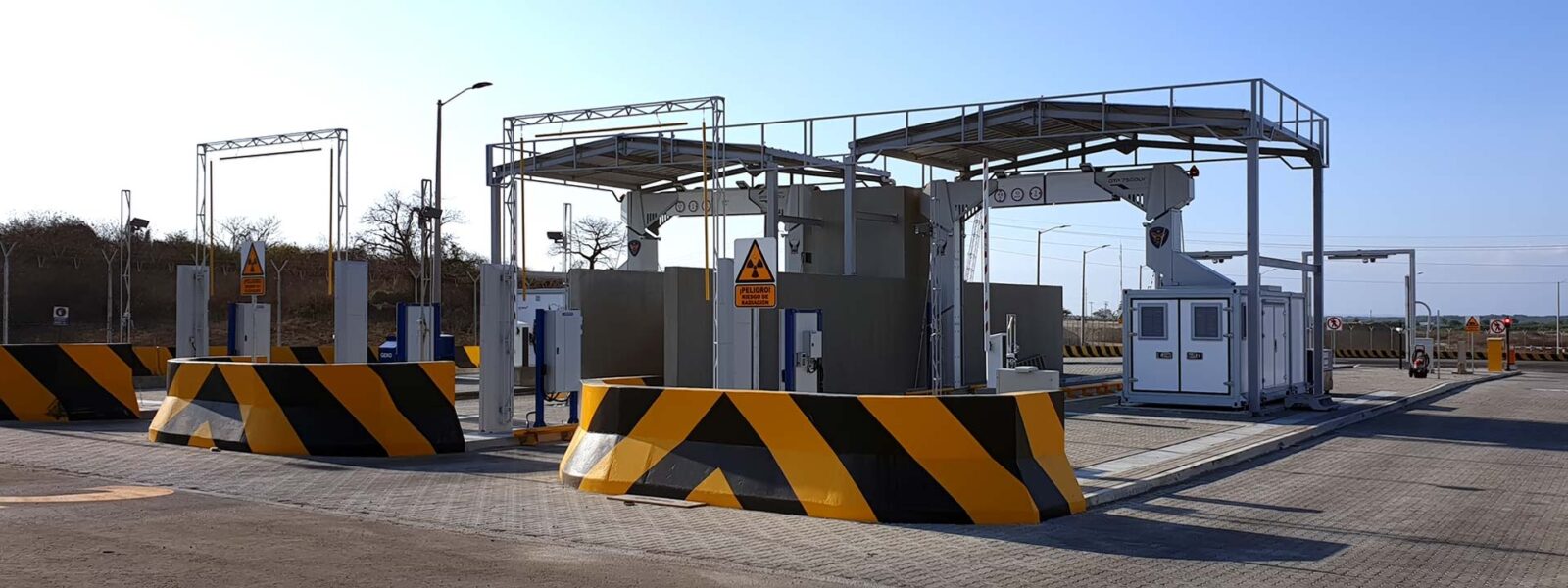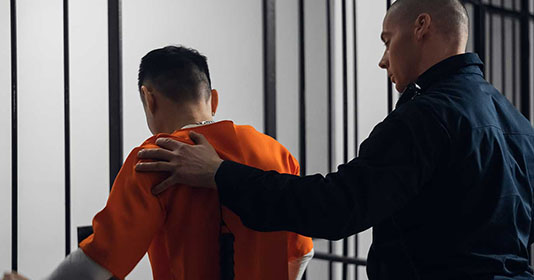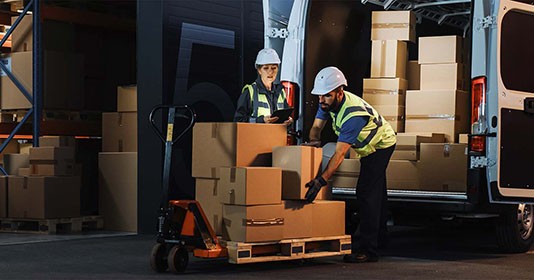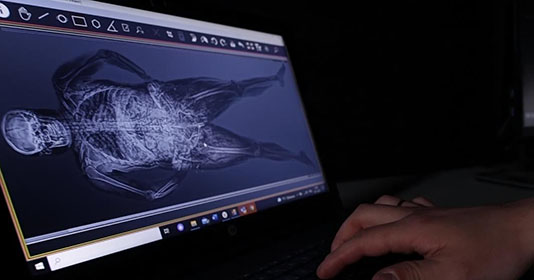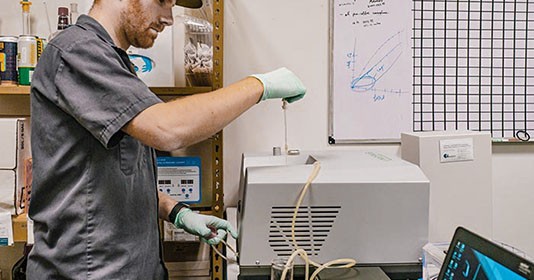
Group website:
Other company websites:
Choose website
X-ray Body and Baggage Scanner as Part of a Multi-layer Screening Approach for Airport Security


X-ray Body and Baggage Scanner as Part of a Multi-layer Screening Approach for Airport Security
Screening for prohibited items at airports is a complex and vital process that requires a multi-layered approach to ensure the safety and security of passengers and aircraft. A multiple-layer screening approach is utilizing different technologies with their own strengths and weaknesses. The ultimate goal is to create a comprehensive and effective screening process that minimizes the risk of prohibited items being brought onto an aircraft.
![[your-subject] - LINEV Systems US X-Ray Security Systems for Airports](https://www.linevsystems.com/wp-content/uploads/2023/09/linev-x-ray-security-airports.jpg)
Screening for prohibited items at airports is a complex and vital process that requires a multi-layered approach to ensure the safety and security of passengers and aircraft. A multiple-layer screening approach is utilizing different technologies with their own strengths and weaknesses. The ultimate goal is to create a comprehensive and effective screening process that minimizes the risk of prohibited items being brought onto an aircraft.
The Journal of Transportation Security has published an article titled “Optimising multi-layered security screening” (David Anderson, 2021), discussing a study looking at multiple layers of the process of screening security that can be implemented in airports. It involves a few layers of security, each utilizing different technologies with its own strengths and weaknesses. These layers are combined to form a single screening system. The overall effectiveness of the system depends on various factors, such as the individual layer performances, the complementarity between different layers, and the decision rules used to combine outputs from each layer. One of the layers is an X-ray scanner for the body and another is an X-ray scanner for the baggage. LINEV Systems is a reliable and reputable manufacturer and supplier of security X-ray screening systems among other innovative X-ray products.
Per Anderson (2021) when using a multi-layer approach, passengers in an air port may undergo screening using (i) metal detectors, (ii) physical pat-downs, and (iii) trace detection equipment. Similarly, checked baggage might be screened using (i) X-ray explosive detection systems, (ii) human analysis of X-ray images, and (iii) manual searches of luggage. The overall effectiveness of the screening system is influenced by several factors, including the performance of each individual layer, the complementarity of the different layers, and the decision rule(s) employed to integrate outputs from each layer.
Passengers Screening Multi-layer Approach
Using a layered security approach, passengers passing through airport security are subjected to various screening measures to detect any potential threats. The first layer of screening often involves metal detectors, which can identify metallic objects on a person’s body. This helps identify items such as firearms or knives that may be concealed on an individual. In addition to metal detectors, a second layer involves physical pat-downs carried out by trained security personnel. This manual inspection provides a more thorough search and allows for the detection of non-metallic objects that may be hidden on a person. To further enhance the screening process, a third layer involves the use of trace detection equipment. This technology is designed to identify minute traces of explosives or other dangerous substances on a person’s belongings or body. It helps detect substances that may not be easily detected by metal detectors or physical pat-downs, thus adding an extra level of security.
LINEV Systems’ CLEARPASS is a high throughput X-ray Inspection system that is safe, fast, and convenient, with AI technology and extraordinary detection capability. The system can detect objects such as explosives, whether in solid or liquid form, and weapons such as guns and knives. Electronics and cell phones are also detectable, in addition to narcotics and drugs.
Baggage Screening Multi-layer Approach
In addition to screening passengers, checked baggage also undergoes a multi-layered screening process. The first layer typically involves X-ray detection systems, which generate detailed images of the contents of each bag. These systems can identify suspicious objects or materials that may pose a threat to the aircraft. The second layer involves human analysis of these X-ray images, where trained security personnel examine the images to identify any potential threats that may have been missed by the automated system. To ensure thoroughness, a third layer of screening for checked baggage involves a manual hand search of selected bags. This allows security personnel to physically inspect the contents of the bag, providing an additional opportunity to detect prohibited items that may have been missed by the X-ray systems or human analysis. LINEV Systems’ BV 6045 or BV 100100TB are two products from a line of X-ray parcel and baggage inspection systems, offering a high-resolution, with smart artificial intelligence and detection software that can effectively detect a selection of suspicious objects such as explosives and drugs.
Which items Can X-ray Body Scanners Detect in an Airport?
The primary purpose of airport body scanners is to identify concealed items that could potentially be used for illegal activities or endanger the safety of passengers and crew members.
Here are some of the items that airport body scanners are looking for:
- Metallic objects: Body scanners can detect metallic items, such as firearms, knives, explosives, or other weapons. These objects would appear as suspicious shapes on the scanner’s image.
- Non-metallic weapons: Body scanners are also capable of identifying non-metallic weapons, such as ceramic knives or plastic explosives. These items may be difficult to detect with traditional metal detectors, making body scanners an important security tool.
- Contraband and illegal substances: Body scanners can help detect illegal drugs, narcotics, and other illicit substances that may be concealed on a person’s body. These substances might be hidden in clothing or strapped to the body.
- Hidden or disguised objects: Body scanners can reveal objects that have been intentionally concealed or disguised, such as hidden compartments or items disguised as everyday objects. This includes items like hidden money, smuggled goods, or illegal contraband.
- Threats to aviation security: Body scanners can help identify potential threats to aviation security by detecting components or devices that could be used to assemble explosive devices, such as detonators, wires, or batteries.
What Impacts the Effectiveness of the Multi-layered Screening Process?
The overall effectiveness of the multi-layered screening process depends on several factors.
- An important one is the individual performance of each layer plays a crucial role. The accuracy and reliability of metal detectors, trace detection equipment, X-ray systems, and human analysis all contribute to the overall system’s effectiveness.
- The complementarity of different layers is vital. Each layer has its own strengths and weaknesses, and by combining them, potential vulnerabilities can be mitigated.
- The decision rules for combining the outputs from each layer are essential. Determining how the information from various screening techniques is integrated and evaluated helps identify potential threats while minimizing false alarms.
LINEV Systems offers innovative and reliable x-ray scanners for security, that can be used not only at airports, but at inspection points of critical infrastructure facilities, law enforcement and security agencies, customs, border guards, hotels, event centers, educational institutions, sports arenas, and other places where reliable and uninterrupted operation of inspection systems is required.

